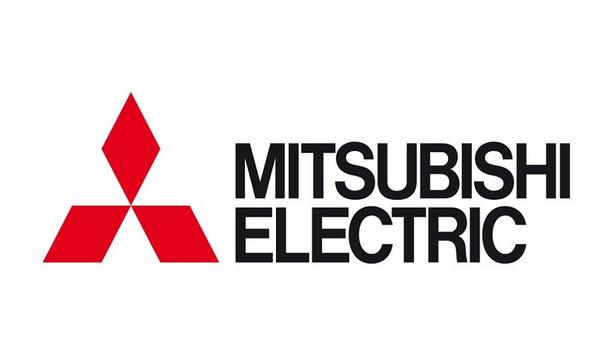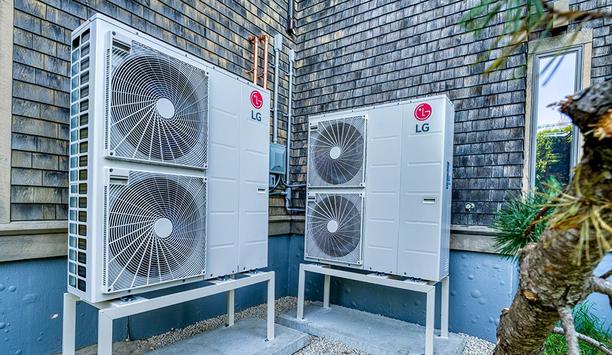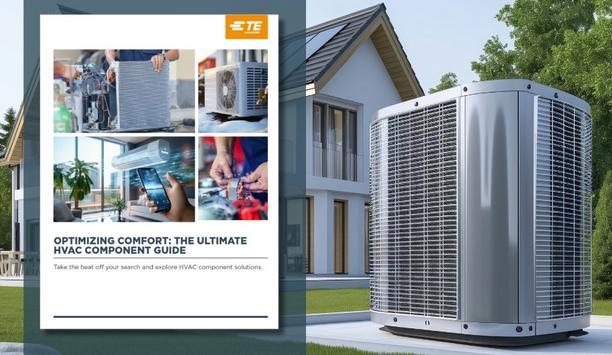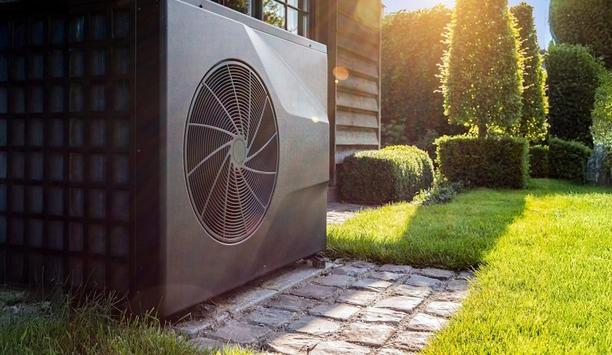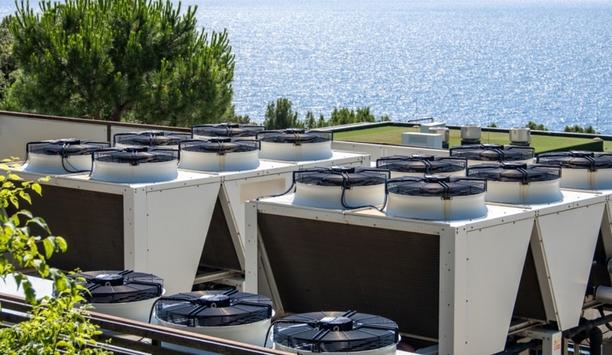The HVAC/R industry is in the process of a major shift as A2L refrigerants become the standard in residential and commercial system HVAC. This change is being propelled by stricter environmental policy and advancements in refrigeration technology.
However, the transition is not without its hurdles, posing new considerations for system owners, technicians, and equipment manufacturers.
Favor of GWP alternatives
The Environmental Protection Agency (EPA) has established clear guidelines to phase out hydrofluorocarbons (HFCs) in favor of lower global warming potential (GWP) alternatives.
The 700 GWP limit imposed by the EPA, forced manufacturers away from non-flammable A1 to mildly flammable A2L refrigerants for comfort cooling chillers and air-to-air unitary equipment.
R-410A split systems
Under current regulations, R-410A split systems can still be installed until January 1, 2026
Under current regulations, R-410A split systems can still be installed until January 1, 2026, but manufacturers had to halt production of R-410A-based equipment by January 1, 2025.
As for packaged systems, which are fully assembled and sealed at the factory, sales will remain permitted until January 1, 2028, but only for equipment manufactured before 2025.
Adaptation of A2L refrigerants
These regulatory milestones mark a significant step toward a new era in HVAC/R technology, emphasizing sustainability and compliance with modern environmental standards.
While the transition is underway in our market as we speak, there are some key factors that play into the adaptation of A2L refrigerants. How we implement, gain familiarity, and roll out these systems provides challenges.
System Design Modifications
ASHRAE Standard 15 first added these requirements in its published version of 2019
ANSI/ASHRAE Standard 15 is widely recognized as the preeminent guide for the safe use of refrigeration equipment, as evidenced by its inclusion in building codes at the state and local level. ASHRAE Standard 15 first added these requirements in its published version of 2019.
For high-probability systems, in which the basic design or the location of components is such that a leakage of refrigerant from a failed connection, seal, or component could enter the occupied space, these requirements underwent major revisions for the 2022 version, with intent to better harmonize with the requirements in UL 60335-2-40.
Modifications in HVAC system design
The transition to A2L refrigerants necessitates modifications in HVAC system design to ensure compatibility and safety. One significant consideration is component compatibility; all system components, including compressors, heat exchangers, and expansion devices, must be rated for A2L refrigerants to ensure optimal performance and safety.
Failure to use appropriate components could lead to operational inefficiencies or increased safety risks.
Component Testing/Approval Requirements
UL 60335-2-34 is a safety standard that applies to motor-compressors used in refrigeration systems
UL 60335-2-34 is a safety standard that applies to motor-compressors used in refrigeration and air-conditioning systems. The UL 60335-2-34 6th edition was established in 2017 as the safety standard for compressors, introducing several key updates.
One major change is the requirement for a new Maximum Rated Current marking, ensuring clear identification of electrical ratings. Additionally, the standard introduces various new testing methods for motors and their protective mechanisms to enhance safety and reliability.
Testing methods outlined in UL 207
UL207 covers “Refrigerant-Containing Components and Accessories, Nonelectrical” which are components Danfoss refers to as “line components”, such as filter driers, expansion valves and pressure regulating valves.
The testing methods outlined in UL 207 include burst pressure tests, fatigue tests, and hydrostatic tests to verify nonelectrical refrigerant-containing components and accessories. UL 207, which remains a referenced standard under UL 60335-2-40, has been reapproved for use with R-454B.
Dealing with A2L refrigerants
Compliance can be achieved through burst testing at five times the maximum pressure rating
Unlike A1 refrigerants, where leaks at gaskets or mechanical seals were not a concern at twice the maximum pressure, such leaks now pose a significant issue when dealing with A2L refrigerants.
Compliance can be achieved through burst testing at five times the maximum pressure rating or by conducting a fatigue test at three times the maximum pressure rating without the product bursting or leaking from any mechanical connection.
Implementation: Choosing a Solution
Understanding what makes sense for your sector of the market for this transition is paramount in how OEMs will implement (and many already have) A2Ls into the next generation of equipment. Let’s zoom in and look at the HVAC segment related to commercial A/C units.
The two main A2L refrigerants that were approved via SNAP rule 26, being used to replace R-410A in the 2025 transition requirement, are R-32 and R-454B. These two offer different approaches to the design requirements needed to be implemented.
R-454B
Danfoss has a selection tool called Cool Selector® 2 that is free to download online
While no refrigerant is a direct replacement for R-410A, R-454B which has a GWP of 466, is considered a relatively close “drop in” solution. As such, most major components of the system, such as compressors and heat exchangers, can usually stay the same size. This is the lowest GWP solution available in the “high-pressure” range.
With that being said, R-454B operates at lower pressures than R-410A, it also operates at lower mass flows than R-410A. This can leave your current liquid line, liquid line solenoid, expansion device slightly oversized. It is considered good practice to verify the sizing of these existing components when introducing R454B. Danfoss has a selection tool called Cool Selector® 2 that is free to download online. This can help you in verifying Danfoss components.
R-32
If the transition to A2L refrigerants is going to coincide with a major redesign of that unit, then R-32 (GWP 677) may be an option for your transition. R-32 will work at overall higher operating pressures and provide a significant increase in capacity vs R-410A. But with this comes the reality that most components in the system, possibly including piping sizes, will need to be changed to better suit the use of R32.
R32 as a refrigerant, will also generate higher discharge temperatures than systems running with R-410A, creating a problem that manufacturers will need to account for in low ambient heat pumps and high condensing temperature environments.
Leak Detection and Mitigation
Refrigerant leak detectors must be installed in every unit with individual circuits charged with 4lbs
As A2Ls pose a higher flammability risk, effective leak detection and mitigation strategies are essential for maintaining safety in environments where A2L refrigerants are used. Refrigerant leak detectors must be installed in every unit with individual circuits charged with 4lbs of A2L refrigerant or more.
More details on charge limits for systems and what mitigations requirements are needed can be found in UL60335-2-40 Annex GG. These detection systems enable quick identification and response to refrigerant leaks, reducing the potential for accidents or equipment damage. Danfoss leak detectors use thermal conductivity technology, were among the first to be UL-approved a year ago and come in a variety of configurations for HVAC/R equipment manufacturers.
Proper mitigation strategies
Proper mitigation strategies are crucial for preventing refrigerant accumulation in case of leaks. They must be tied into the unit control scheme. Disengaging any heating elements eliminates the possibility of ignition sources.
Engaging evaporator fans increases circulation, ensuring that any leaked refrigerant is quickly dispersed, minimizing the likelihood of hazardous concentrations forming. In addition, per UL60335-2-40, service and maintenance procedures must incorporate regular leak inspections as a standard practice. Refer to ASHRAE 15 or UL60335-2-40 for further readings and requirements.
Service and Familiarity
Technicians must gain a version of the parts of A2L refrigerants and are required to pass an A2L test
While manufacturers focus on design changes to accommodate the A2L transition, industry members who will install and service units also must adjust to the changing landscape of refrigerant.
Technicians must gain an understanding of the characteristics of A2L refrigerants and are required to pass an A2L certification test under EPA Section 608.
Looking Forward
This phase of transition is better conceptualized as a mid-term solution. The American Innovation and Manufacturing (AIM) Act was passed in 2020. This directed the EPA to address hydrofluorocarbons (HFCs) and phase down production and consumption of HFCs by 85% by 2036. It is likely in the future, we will see another step in transitions to ultra-low GWP Refrigerants such as R-290 (A3 class), R-1234ze, or R-515B.
Before the AIM Act, individual states like California were looking to regulate their own refrigerant marketplaces. As adoption of new EPA regulations might be slowed under the current U.S. administration, it is uncertain if any future deregulation by the federal government could lead to some states restarting their own regulation programs. But as we stand now, lower GWP A2L refrigerants still continue to grow in the marketplace.








